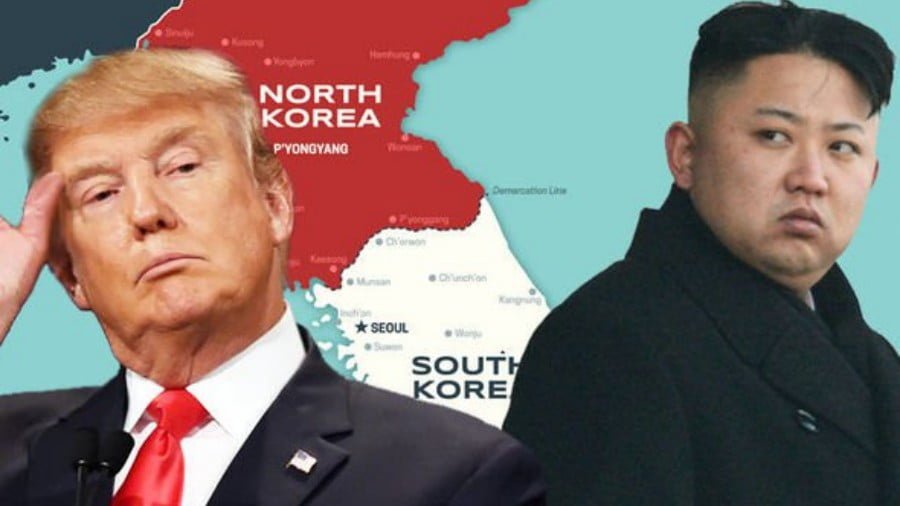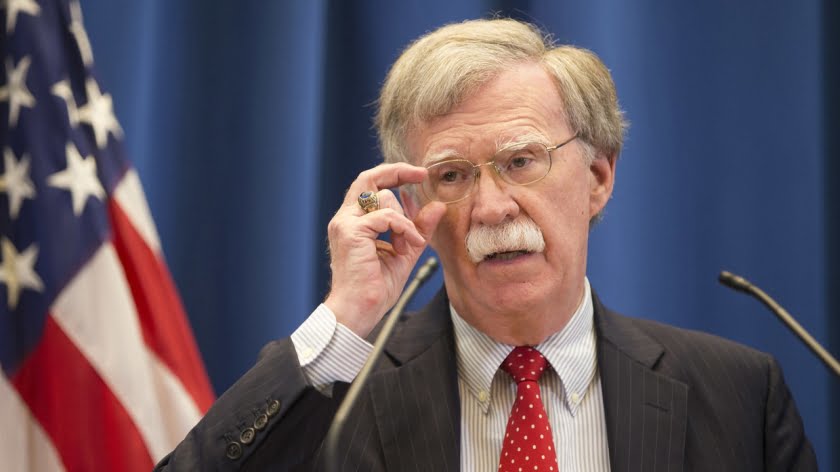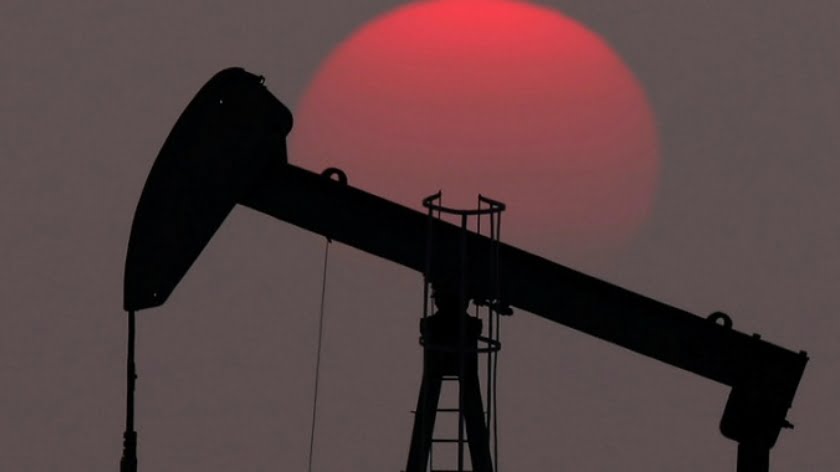Our ‘Rhythmically Dancing’ Physical Real Economy
Western modernity is contingent on cheap fossil fuel. If that shrinks, our economies will shrink too – to a sub-optimal level.
The poet, WB Yeats, often used in his writings two old Irish folkloric terms: ‘thrall’ and ‘glamour’. Being in thrall to something meant that a person was wholly overpowered by some unaccountable ‘magnetism’ emanating into their world, and into whose grip they had fallen. It was, if you like, being caught up by some irresistible, ‘magical’ spell, exerted by some ‘thing’, some ‘being’, or some ‘image-idea’. The sense was of being rendered helpless, held immobile in a spider’s web; bewitched.
Glamour was something magical that the fairies threw over a ‘thing’ or ‘being’ that gave them the power to put others in their thrall – to pull people into their spider’s web. Glamour was the casting of the spell into which humans fell.
Yeats was relating old stories from Ireland about fairies and their magic, sometimes harmless, but as often as not the fairy ‘spells’ were forces that led unerringly to tragedy. We may not be dealing here with fairy tales per se, as was Yeats. Nonetheless, framed differently, we live bewitched by today’s ‘spell’, although most would deny it vehemently.
Naturally, we do not see ourselves today, as naïf. We have a firm hand on the realness of our solidly material world. We absolutely do not believe in fairy tales or magic. Yet …
Today, the West is caught up in the ‘image-ideas’ of mechanistic causality and financialism. Wall Street economists pore over the entrails of monetary variables, and have come to see the world through mechanistic-financial spectacles.
This artifice, however, was always illusory, giving its analysis a false sense of empiricism and of data-led certitude: The idea that real wealth would emerge out from inflated fiat debt; that such debt expansion had no boundaries; that all debt must be honoured; and its overhang was only to be solved by more debt was never credible. It was a ‘fairy tale’.
Nevertheless, we imagine ourselves to be objective, longing for simple, rational answers from ‘science’. And because the economy involves ‘money’, which is somewhat more readily measured, we assume it had a solidity, a realness that leaned to the notion that true (instead of ‘virtual’) prosperity could be conjured out of an ever-increasing mountain of debt.
Nonetheless, this changed attention has – literally – shaped how we ‘see’ the world. Some of its consequences might be hailed in terms of great tech advances, but we should be aware too, that it has also led to an increasingly mechanistic, materialist, fragmented, decontextualised world – marked by unwarranted optimism.
Financialism was, after all, just ‘a narrative’; one crafted by technicians, whose credentialled expertise ‘may not be questioned’. It was intended to support a particular illusion (in which many, including the money-men, firmly believed); It was the ‘myth’ of debt and credit-led, recession-free growth. The true aim though, always was the appropriation of global purchasing power to the oligarchic élites.
The shift in narrative towards financialism nevertheless, has had the effect of removing attention from the ‘other’ facet; the obverse side of a dynamic real economy: that of being a physics-based network system, powered by energy.
Which is to say that Modernity has been powered principally by a rapidly growing supply of highly productive energy for over 200 years.
“The period of Rapid Energy Growth between 1950 and 1980 was a period of unprecedented growth in per capita energy consumption. This was a period when many families in the West could afford their own car for the first time. There were enough employment opportunities that, quite often, both spouses could hold down paying jobs outside the home.
It was precisely the growing supply of ‘cheap’ fossil fuels [relative to cost of extraction] that had made these jobs available”, Gail Tyverberg writes.
“Conversely, the 1920 to 1940 period was a period of very low growth in energy consumption, relative to population. This was also the period of the Great Depression and the period leading up to World War II … If energy of the right kinds is cheaply available, it is possible to build new roads, pipelines, and electricity transmission lines. Trade grows. If available energy is inadequate, major wars tend to break out and standards of living are likely to fall. We now seem to be approaching a time of too little energy, relative to population”.
“Both oil and coal are past ‘peak’, on a per capita basis. World coal supply has been lagging population growth since at least 2011. While natural gas production is rising, the price tends to be high, and the cost of transport is very high. Peak production of coal, relative to world population, was in the year 2011.
“Now, in 2022, the least expensive coal to extract has been depleted. World coal consumption has fallen far behind population growth. The big drop-off in coal availability means that countries are increasingly looking to natural gas as a flexible source of electricity generation. But natural gas has many other uses, including its use in making fertilizer and as a feedstock for many herbicides, pesticides, and insecticides. The result is that there is more demand for natural gas than can easily be supplied.
“Politicians cannot admit that [our modernity] cannot get along without the right quantities of energy that match the needs of today’s [physical] infrastructure. At most, a small amount of substitution is possible, if all the necessary transition steps are taken. Thus, most people today are convinced that the economy doesn’t need energy. They believe that the world’s biggest problem is climate change. They tend to cheer when they hear that fossil fuel supplies are being shut down. Of course, without energy of the right kinds, jobs disappear. The total quantity of goods and services produced tends to fall very steeply”.
Tyverberg states the obvious: Modernity is contingent on fossil fuels, whose energy contribution far exceeds the energy expended on its extraction, transportation, and effective distribution. Switching rapidly from high net energy contribution, to marginal or low, during a period of sub-optimal growth, has never before been attempted.
Many do not like to hear this. Political leaders gloss over it. True due diligence is not done. However, it is what it is.
What’s the issue here? The West is in crisis. There is a looming (or present) recession, plus sharply spiking prices. The real economy however, as underlined earlier, is a physics-based, dynamic, network system. Yet, the Establishment wants to treat these worsening symptoms, as if the physical economy were but an AI-managed mechanistic financial system:
There are two distinct misdiagnoses at play here (arising from the thrall of financialism), both of which on their own are serious, but when combined may prove apocalyptic.
The financial mandarins want to raise interest rates and tighten liquidity, in order to hammer down domestic demand such that inflation dips back to 2%. And then, it all will be fine and dandy, they intimate – except it won’t.
A short, shallow ‘recession’, followed by a return to normal, is one of today’s prevalent market narratives: squeeze the plebs until the pips squeak, and are barely able to put food on the table – then by definition prices, other than food, get crushed (‘discounted’) – and median inflation can fall to 2%. Big Sigh of relief! For, then the Central Banks can revert to QE, and the ‘market’ has its subsidy entitlement restored to it.
The problem is plain: this financialised solution is artificial: As soon as easing resumes (and probably it will), global supply-side inflation will still be there, and will spike with greater intensity.
There are two major sources of inflation. There’s the supply side and there’s the demand side. Either one of them can drive inflation, but they’re very, very different in terms of how they work.
Supply side inflation arises when ‘supply’ just isn’t there, or is disrupted by crop failures, component shortages, war, financial war, sanctions, or the many other forms of supply line de-coupling. So, as Jim Rickards points out, what can the Fed or the ECB do about that? Nothing. Does the Fed drill for oil? Does the Fed run a farm? Does the Fed drive a truck? Does the Fed pilot a cargo vessel across the Pacific, or load freight at the Port of Los Angeles?
“No, they don’t do any of those things, and so they can’t fix that part of the problem. Raising interest rates has no impact on the supply side shortages we’re seeing. And that’s where the inflation’s mainly coming from. Since the Fed has misdiagnosed the disease, they are applying the wrong medicine”.
Here’s the point: Since the Fed or the ECB can’t create supply; it opts for demand-destruction [to fight inflation]”. It won’t stop runaway inflation. To be fair, Powell understands this. He has wider objectives in mind: The Big Banks (Powell’s employers) do not fear recession, as much as they fear Europe’s political class destroying their rentier business model by trashing sovereign debt-obligations, and in so doing, shifting toward a single Central Bank-issued, global digital currency. The Fed is ‘at war’ with the ECB (America First!).
And Powell has a point. The inexorable logic to Europe shooting itself in the foot over Russian cheap energy supplies (to save Ukraine), is that Europe inevitably will follow the post WW1 German playbook after France seized the Ruhr – with its abundant cheap coal. The Weimar government tried to substitute for the loss of coal – by printing money. It was the era of the Great Depression.
Why then should the current push toward demand destruction through interest rate rises, be such a grave misjudgement? Well, because … the real economy is a physics-based network economy. That’s why.
Europe has opted for proxy war with Russia, at America’s bidding. It has subordinated itself to NATO policy. It has imposed sanctions on Russia, hoping to crash its economy. In riposte, Russia is squeezing Europe’s cheap energy supplies hard. Europe may buy – if it can – much more expensive energy from elsewhere, but only at the cost of sectors of its real economy turning unprofitable and being shut down.
Bottom line: Germany’s Robert Habeck in March was saying that Germany could manage without Russian gas. It would find it from elsewhere. His assertion was however a bluff: Habeck at that point, was trying to fill German reservoirs for winter by buying additional Russian gas. Moscow called his bluff and squeezed his supply down to a trickle. The EU too, has blustered about finding alternative supplies, but that was all bluff too. As all the experts warned beforehand: effectively there is no global spare gas capacity.
All this has the quality of a monumental concatenation of mistakes by Brussels – a hasty abandonment of high net energy-contributing fossil fuels (to save the Planet); whilst joining a NATO proxy war on Russia (to save Ukraine). Decisions taken first – with consequences being only apparent afterward.
Western modernity is contingent on cheap (productive) fossil fuel. If that shrinks, our economies will shrink too – to a sub-optimal level. If this commonplace is not widely seen, it is because of the thrall of financialisation. Going to Net Zero has been perceived as financial boondoggle, just as the war in Ukraine is viewed as the Military Industrial Complex’s financial boondoggle.
Where is Europe headed? Perhaps the best characterisation came from John Maynard Keynes in The General Theory of Employment, Interest and Money. Keynes said a depression is “a chronic condition of subnormal activity for a considerable period without any marked tendency either toward recovery or toward complete collapse”.
Keynes did not refer to declining GDP; he talked about “subnormal” activity. In other words, it is entirely possible to have growth in a depression. The problem is that the growth is below trend. It is weak growth that does not do the job of providing enough jobs or staying ahead of the national debt. That is exactly what the West, and Europe particularly, is experiencing today.
And just to be clear, dealing with supply-side inflation through general demand destruction, means taking a hammer to a fragile dynamic physical system. Physics-based systems are inherently unpredictable. They are not mechanistic – a truth to which Werner Heisenberg’s experimental investigation of atoms in the 1920s attests: “I remember discussions with [Niels] Bohr which went through many hours till very late at night and ended almost in despair: Can Nature possibly be so absurd, as it seemed to us in those atomic experiments”.
It was Heisenberg’s great achievement to express this ‘absurdity’ in a mathematical form known, perhaps a touch whimsically, as the ‘uncertainty principle’ which sought to set limits to old conceptualisations: Whenever scientists used classical terms to describe atomic phenomena, they found that there were aspects which were interrelated and cannot be defined simultaneously in a precise way. The more the scientists emphasised one aspect, the more the other aspect became uncertain. The closer they tried to come to ‘reality’, the further away it seemed to be – always at a distance.
The resolution of this paradox forced physicists to call into question the very foundation of the mechanistic world view. In Fritjov Capra’s words, it showed that as we penetrate into physics-based sphere, nature does not show us any isolated basic building blocks, but rather appears as a complicated web of being in a continuous dancing and vibrating motion, whose rhythmic patterns are determined through a range of configurations.
If sub-atomic scientists in the 1920s understood that the physical world is complex unpredictable and non-mechanistic, why are the western financial Panjandrums of 2022 still in thrall to an outdated mechanistic analysis? Even Newton did not go that far. Recall, as often as not, in Yeats’ recounting, these ‘spells’ were forces that led unerringly to tragedy.







